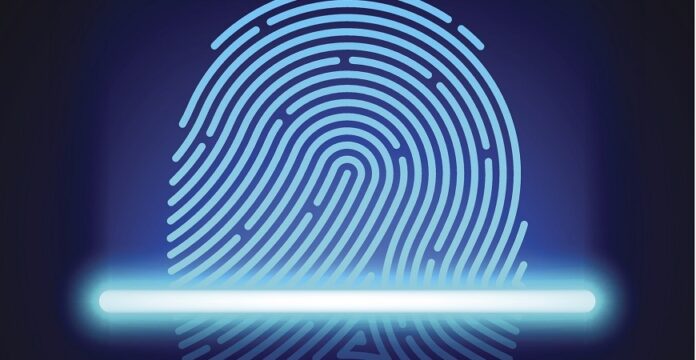Biometrics have been a part of this technologically-advanced era for some years now. Previously confined to just fingerprints, biometrics have tremendously evolved to face, iris, retina, and palm recognition. Living in the digital era, everyday brings some new innovations along with significant threats. Digital frauds and identity theft is one such problem that the digital businesses and solutions face these days. To address this challenge and make the digital world secure, biometric verification is a powerful tool.
What is Biometric Verification?
Biometric verification is the process of verifying the user’s real identity through unique physiological or biological attributes, confirming the user is who they claim to be. These biometric attributes usually include fingerprints, facial recognition, iris and retina scan, voice recognition, etc.
Biometric Authentication – Secure, Convenient and Reliable
As the technology evolves, biometrics are on the rise as well. Simply facial biometrics have witnessed an active expansion in 2020, generating $4.84 billion across various industries. The reason is the ease of use and reliability that enhances user experience. If we look a few years back, binary authentication involving username/email and passwords were used to verify the identity of the users digitally. But in today’s world they are no more applicable.
With the advent of technology and advanced practices such as phishing, social engineering, brute force attacks, etc. in place, stealing and breaking passwords is not a difficult task. This has led to security and data breaches raising serious concerns for the businesses. That’s where biometrics for identity verification comes in place. Biometrics are secure and reliable due to a fact that they are unique for every individual and unlike passwords can’t be stolen, cloned or manipulated. Moreover, they remain the same throughout the person’s life and they don’t even need to memorize them like passwords or pin codes, which makes them convenient to use.
Biometric Identification for Contactless Payments
Entering into the fourth industrial revolution, businesses are going digital. In 2020, the world has undergone some major transformations due to COVID-19 pandemic. The introduction of online transactions and cashless payments is one such major transformation. Though online transactions have existed for years now, the ongoing pandemic has spiked the demand for touchless payments. With every innovation comes a significant threat and in case of cashless payments, authorities reported increase in fraudulent transactions and chargeback frauds.
To secure digital transactions, biometrics play a major role. Offering competitive edge and enormous benefits, biometric authentication is the fastest adopted technology for transaction authentication. Research shows that almost one-third business owners and consumers believe that biometric technology will lead to safer and more secure payments. Moreover, the majority of the businesses profess biometrics will reduce chances of fraud due to their unique nature.
Businesses can incorporate biometric verification solutions such as face verification to authenticate smart payments. With biometric checks in place, organizations can verify the identity of the person before processing payment. This reduces risks of credit card frauds and false chargebacks by ensuring the remote presence of authorised users at time of verification.
Digital Identity Verification through biometric solutions
Due to increasing digital frauds, online businesses require efficient checks in place to confirm the identity of the user before allowing access to the service, product or account. Previously, users used to show their identity documents in order to surpass the ID checks, but what about the digital world? How can users get themselves verified from the comfort of their home? In such a scenario, merchants can’t rely on simple passwords, so biometric verification is the need of the hour.
Today, the majority of smartphones come with fingerprint and face lock features which make users familiar with biometrics and most importantly, consumers are readily accepting the use of biometric technology for identity verification. Firstly, it brings convenience since now individuals can get themselves verified anytime, anywhere. And secondly, biometric solutions are reliable and secure. Online businesses such as e-commerce platforms, social media sites, educational forums, fintech, and online banks are readily incorporating biometric authentication for secure sign ups and logins. This eliminates the chances of identity theft and online frauds since the remote presence of the real user is ensured before allowing access to the account.






















![How To Enable Dark Mode On Amazon App & Website [2023] How To Enable Dark Mode On Amazon App & Website](https://dandelife.com/wp-content/uploads/2023/10/How-To-Enable-Dark-Mode-On-Amazon-App-Website-100x70.jpg)